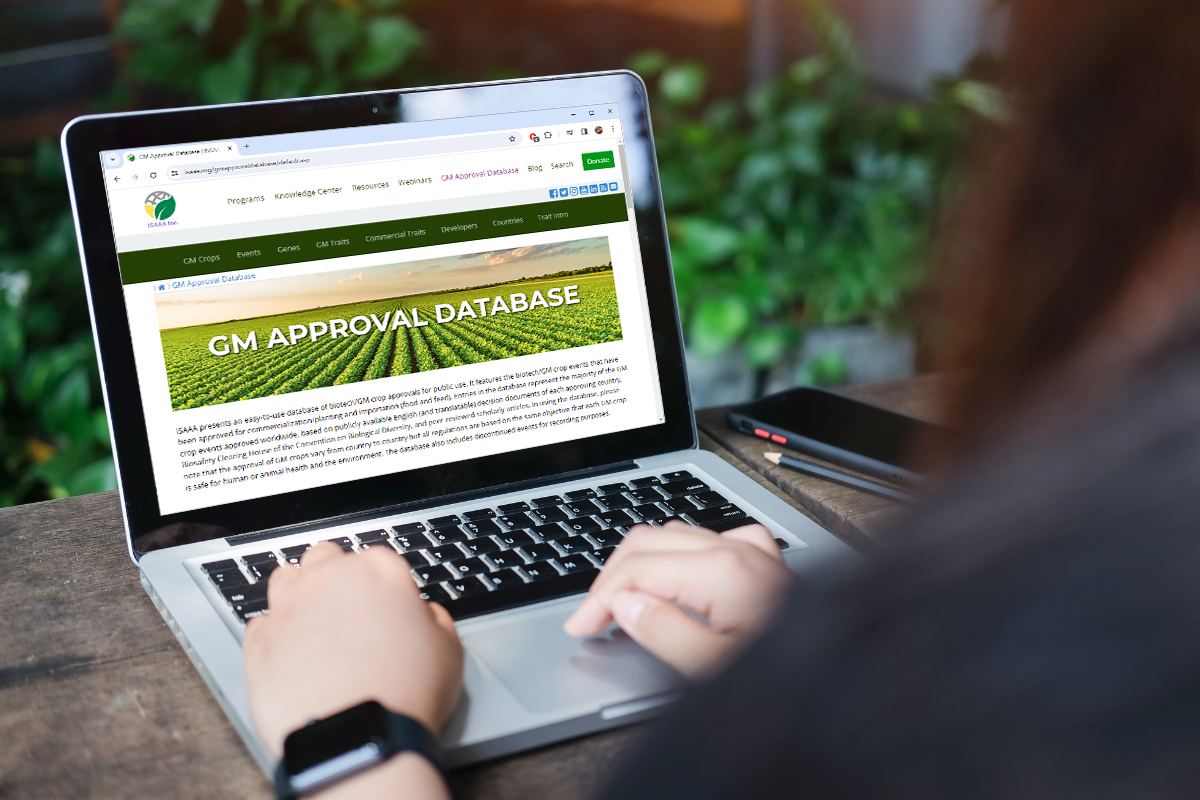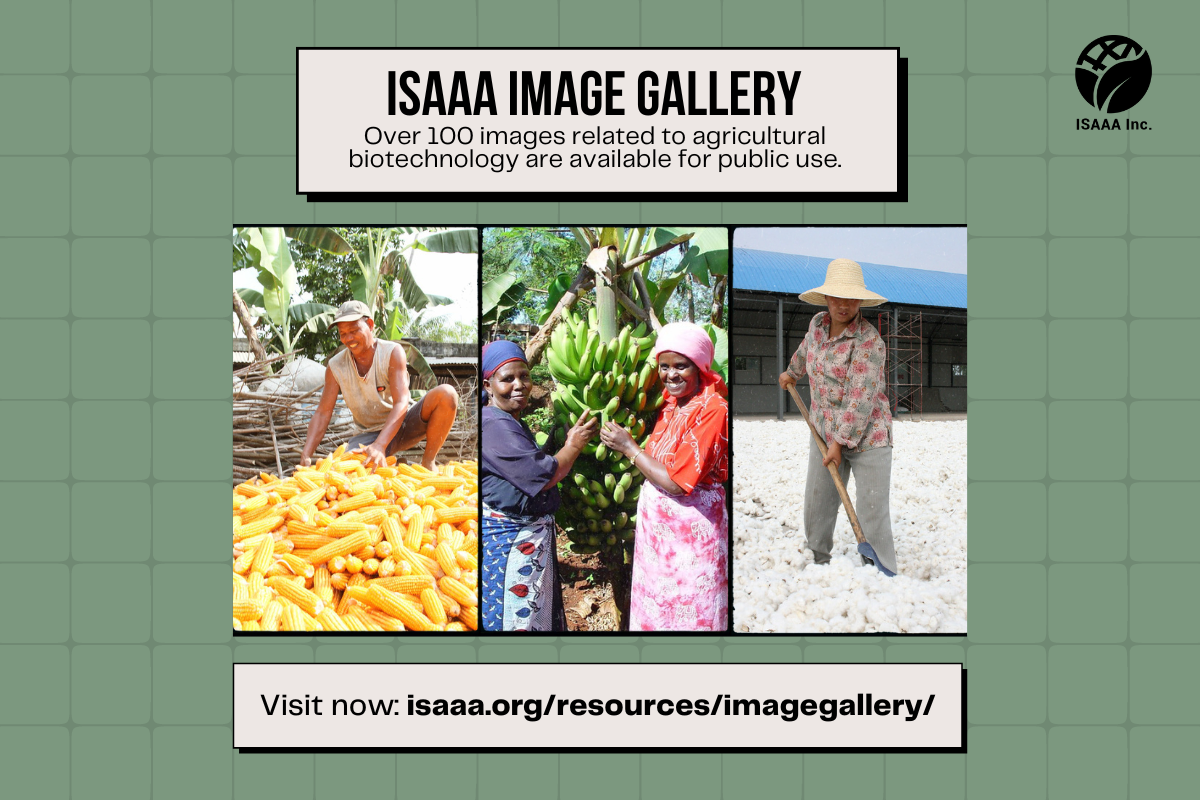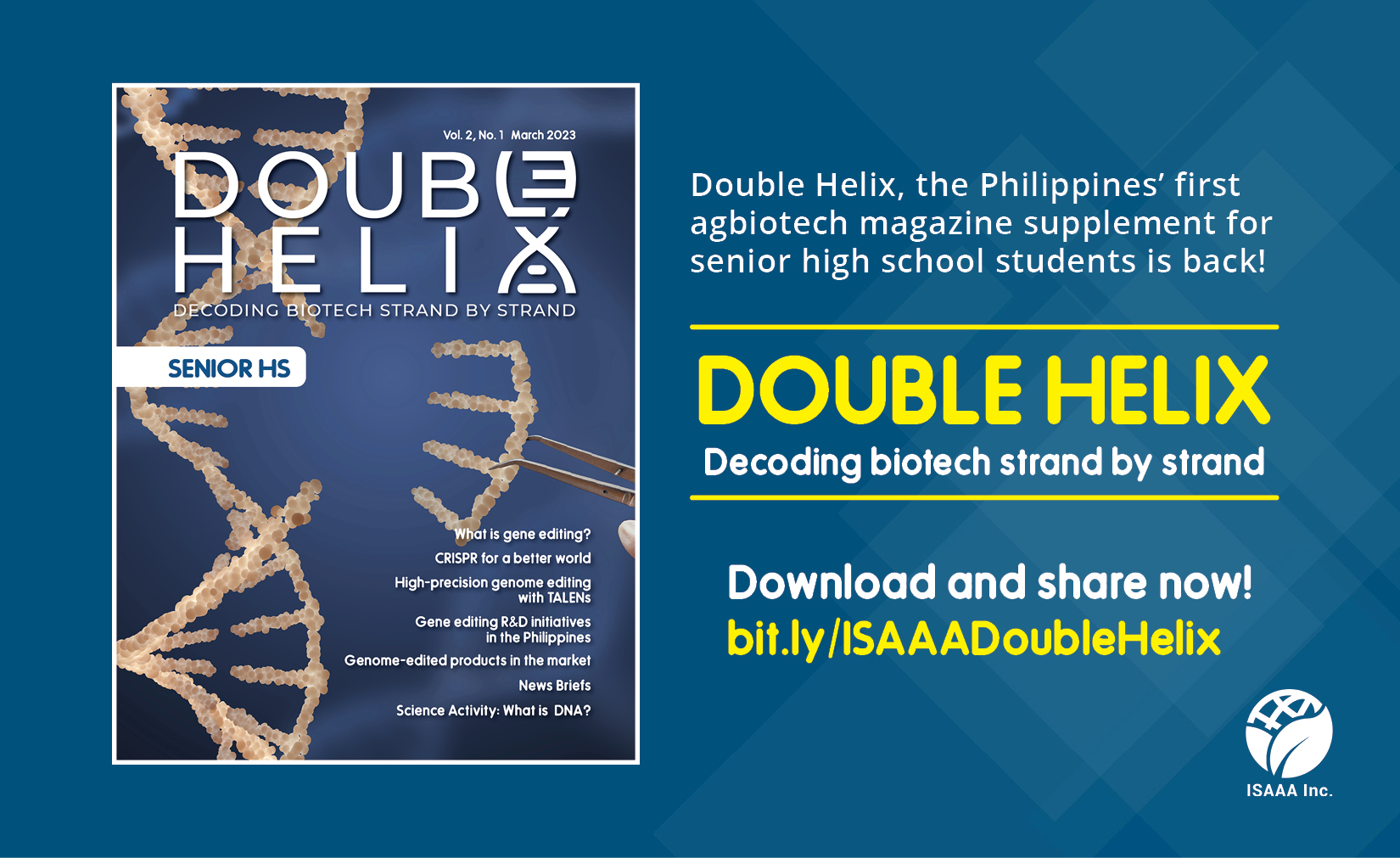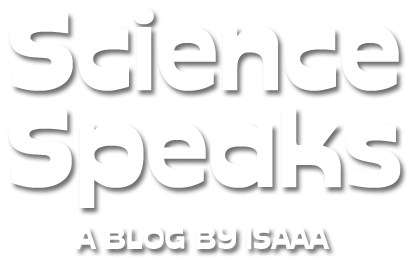Harnessing Digital Media for Biotech Communication
| |
Communication is one of several critical variables needed to create an enabling environment for biotechnology. Conscious efforts must be made to encourage stakeholders to participate in science-based discussions to have a basis for making decisions and to build consensus regarding the acceptance and adoption of technology. Tackling biotechnology online is one of the most efficient ways to facilitate discourses on the technology.

Why do people go online?
According to the Uses and Gratifications Theory by Elihu Katz, people actively pick the media they consume to satisfy their wants and needs. Katz identified five reasons why people use media:
- Information and education. People consume media to discover what has happened but also to educate themselves.
- Entertainment. People consume media for emotional and aesthetic pleasure.
- Identification. People consume media because they identify with the individuals they see on screen.
- Integration and social interaction. People consume media so that later they can talk about what they saw or heard with others.
- Escapism. People consume media to escape from reality.
These same reasons also answer the question why people go online. Thus, when ISAAA designs initiatives for online audiences, these motivations are taken into consideration.
The ISAAA experience
ISAAA Inc. has been at the forefront of developing digital media on biotechnology since the commercialization of biotech crops started. Here are some digital media products developed for biotech communication:
E-newsletter
ISAAA reaches over 20,000 key biotech players from 172 countries weekly through Biotech Updates, a free e-newsletter featuring the latest updates on biotechnology research, regulations, and communication. Issues of Biotech Updates come with Science Speaks, the official blog of ISAAA; and the bimonthly Gene Editing Supplement, which highlights the recent happenings in the world of CRISPR, TALENs, and other gene editing tools. Subscribers’ survey showed that the e-newsletter and its supplements contain useful information for the targeted readers.

"As a farmer, Biotech Updates helps to keep me abreast of the kinds of technology that might be out there to help address some of my most urgent issues," said one of the subscribers. Researchers and academics also mentioned that the e-newsletter had helped them get the latest biotechnology updates. A biosafety regulator noted that the Biotech Updates provides supporting data for risk assessment.
Database and Resource Portals
ISAAA offers a user-friendly database showcasing biotech/GM crop approvals worldwide. GM Approval Database is a comprehensive resource features crop events authorized for commercial cultivation and import (food and/or feed) purposes. Drawing from publicly accessible English (and translatable) decision documents issued by approving countries, the Biosafety Clearing-House (BCH), and peer-reviewed research, the database provides a robust overview of the global GM crop approval landscape.

Feedback and suggestions were also solicited from the regular users and contributors of the database, who are mostly scientists/academics. Almost all of the respondents (99%) said that the database was useful for them, especially in getting approval updates, instruction, risk assessment/regulatory decisions, and planning control measures. High ratings were also given for its user-friendly interface, accuracy of information, and content.
Aside from the GM Approval Database, resources pages on gene editing, animal biotech, Bt eggplant, biotech in the Philippines, TALENs, and COVID-19 are also available in the ISAAA website containing curated content for each topic.
Images and infographics
Online image search for biotechnology has been a struggle for media practitioners and other stakeholders because of the inaccurate portrayal of the technology in the images available online. For this reason, ISAAA published over 100 images related to agricultural biotechnology available for public use in the ISAAA Image Gallery. Biotech stakeholders, especially journalists, are encouraged to use the ISAAA photos to better represent biotechnology in their articles and replace fear-mongering images that are widespread online.

ISAAA also creates infographics that are widely used by experts globally in their presentations about biotechnology.
Magazines
Aside from the e-newsletter and supplements, ISAAA also publishes two magazines in partnership with the Philippine Agriculture and Fisheries Biotechnology Program of the Department of Agriculture (DA Biotech).
Double Helix is the first agri-biotech magazine for senior high school students taking the STEM strand. Digital and printed copies of the issues have been distributed to public and private schools in the Philippines to supplement biotechnology instruction. Each issue also comes with a teacher’s guide.

To showcase homegrown biotech products, ISAAA released issues of Pinoy Biotek Magazine. Aside from the biotech products, the point of view of researchers is also presented to humanize the experience of developing biotech products.
Social Media
A Pew Research Center study identified prominent science-related social media pages, including ScienceAlert, IFLScience, David Wolfe, and Dr. Oz. While the former two are reputable sources, the latter pair is known for their criticism of biotechnology. In response, ISAAA has launched multiple social media campaigns across platforms such as Facebook, X, Instagram, Youtube, and LinkedIn. The organization's Know the Science project has also produced short-form videos for TikTok.
To inspire more women in STEM, ISAAA has initiated a campaign featuring scientists and science communicators as curators who share their experiences.
Through a combined effort of its social media accounts and a network of Biotech Information Centers, ISAAA has amassed approximately 110,000 followers.
Speak up for science
The digital media landscape is rapidly evolving, creating new opportunities for biotech communication. To capitalize on these advancements, ISAAA’s future projects will focus on podcasts, short-form videos, and databases.
Given the significance of agricultural biotechnology, there is a critical need for accurate and effective communication. If key biotech players do not take the initiative to disseminate information about these fields, others may fill the void with potentially misleading narratives that do not meet the goal of sustainability.
Kristine Grace N. Tome is a Program Officer II at ISAAA Inc. This article summarizes the presentation "Harnessing Digital Media for Biotech Communication" delivered at the 2nd International Conference on Development Communication hosted by the Association of Development Communication Educators and Practitioners (ADCEP) Philippines on September 14-16, 2023, at Visayas State University, Baybay, Leyte, Philippines.
| Newer Post | Archive | Older Post |
Science Speaks is ISAAA Inc.'s official blog. Weekly blog articles, authored by ISAAA writers, partners, and invited contributors, aim to help share, disseminate, and promote scientific knowledge and its vital role in achieving global agricultural sustainability and development. Your support to Science Speaks will help us achieve this goal. You can help us by donating as little as $10.

